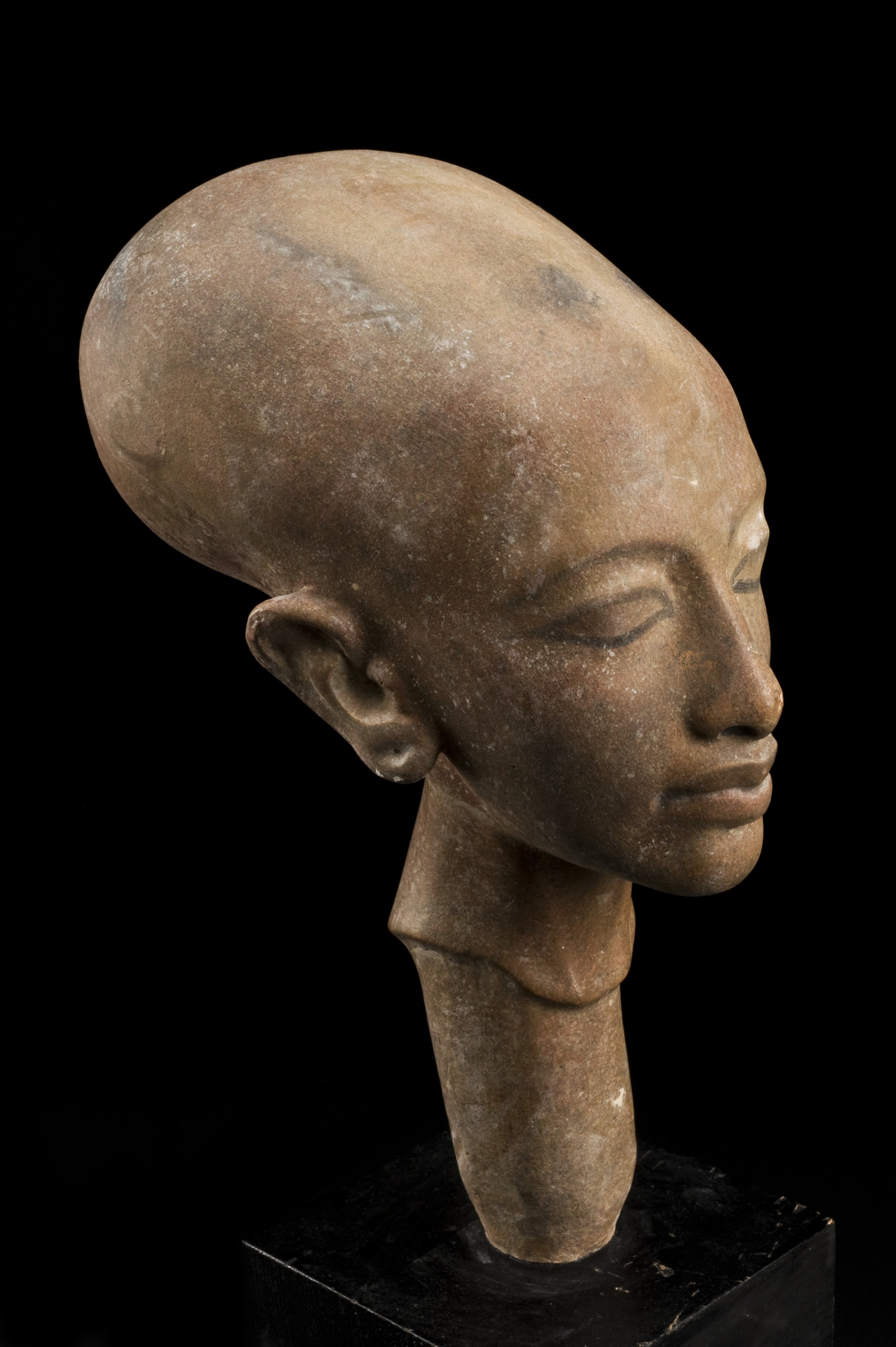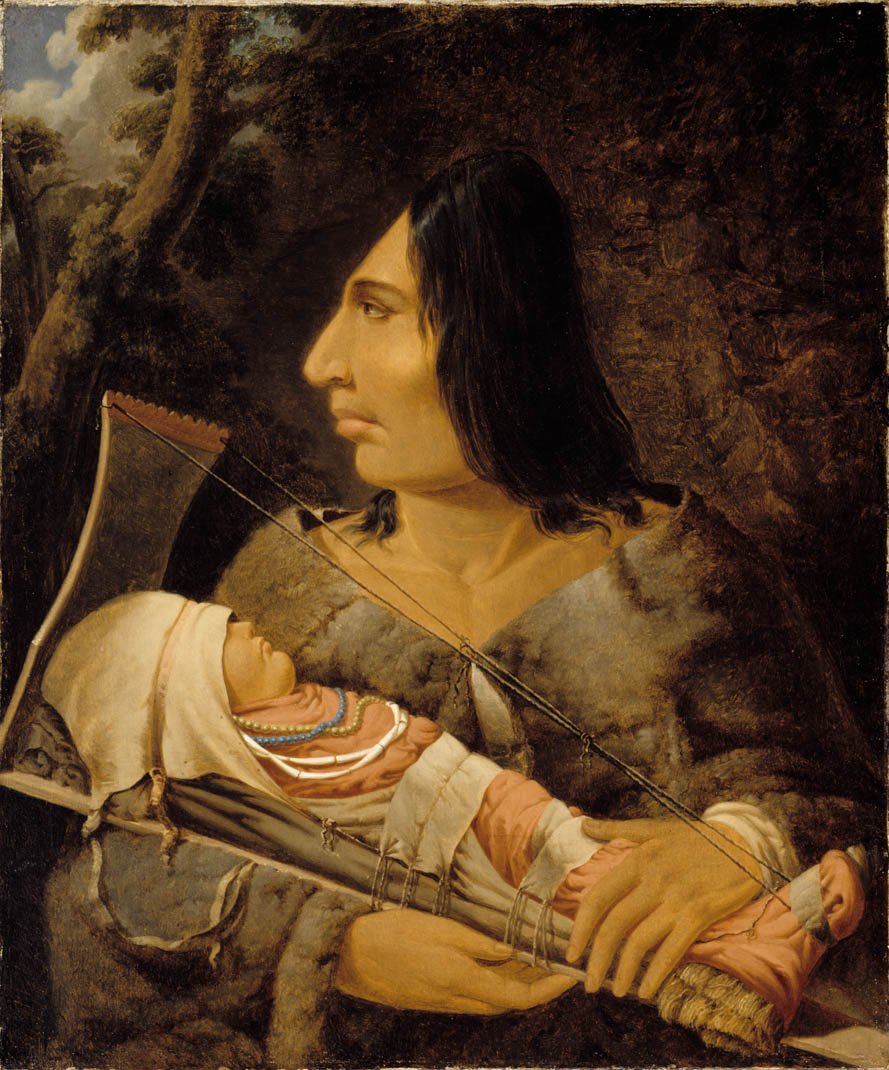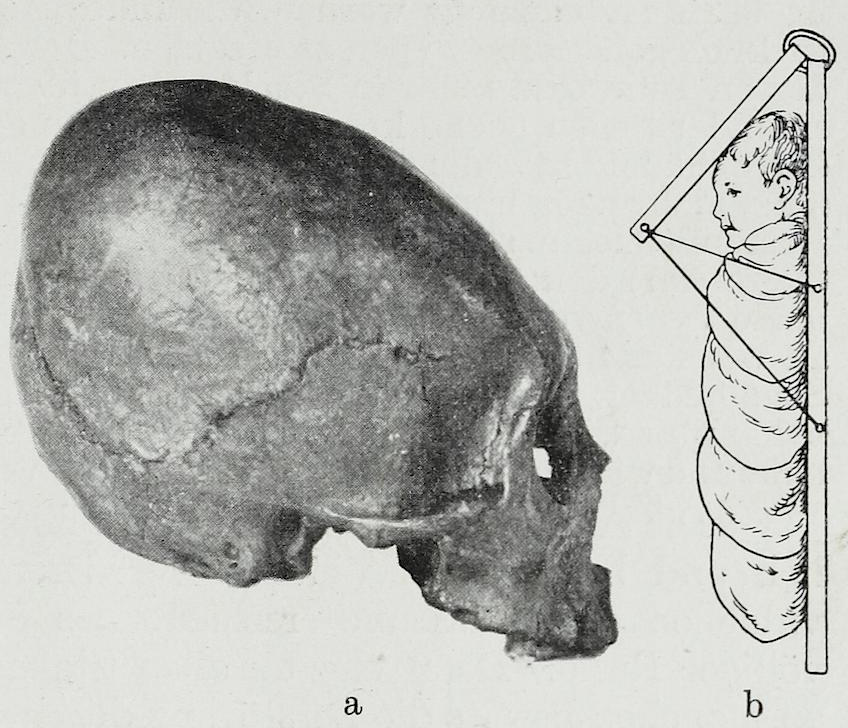One of the hundreds of elongated skulls that were discovered in 1928 at Paracas Peninsula in Peru. Cranial deformation was practiced by the Paracas civilization (800-100 BCE) by tightly wrapping the head in cloth, during the first few years of life, in order to elongate the cranium
Even with a presence all over the globe, strangely shaped skulls, more elongated than normal and with anatomical peculiarities are extremely common in tombs, necropolises and excavations in Peru. What do they symbolize? Why were they like this? Anyone unaware of this can give free rein to the imagination and think of aliens, monstrous creatures or superhumans.
There is a high concentration of these skulls in the Paracas culture. Discovered in 1928 by Peruvian archaeologist Julio Trello, more than 400 mummies were found in the so-called Wari Kayan necropolis, located in the Ica region of southwestern Peru.

My picture. Pre-Columbian Art Museum
What is known today by science is quite interesting, but we also know that there are issues in relation to what is told by oral tradition, in myths and stories. So, let’s investigate a little and put here some of the perceptions of our explorations.
DO SKULLS EXIST ONLY IN PERU?
Cranial deformation was common among many peoples since ancient times, but the techniques varied as well as the shapes obtained (elongated, flattened, etc.).
Hippocrates, describes an African tribe, the macrocephali or “big heads”, so called for the practice of cranial deformation.
In Egypt, the discovery of a mummy, supposedly of Akhenaton, revealed that the custom would also have existed among the Egyptian pharaohs, as it was already observed in many sculptures and paintings. Some say that Queen Nefertiti, his wife, also had an elongated skull.

Akhenaton (Amenhotep IV) was an Egyptian pharaoh who ruled from 1367 BCE to 1350 BCE. This statue shows one of his daughters with an elongated skull. It is thought that both the pharaoh and his daughters had this condition. – Wikipedia
In America, cranial deformation existed among the Maya of Mesoamerica, and native peoples of the United States.
In the Old World, the Alans of the highlands of Iran, the Huns and some Germanic tribes also adopted this custom. In the late 19th century, the German geographer and ethnologist Friedrich Ratzel (1844-1904) reported cranial deformations in native populations of Tahiti, Samoa and Hawaii. The practice has persisted until our times among the Mangbetu of the Democratic Republic of Congo and the Vanuatu of Melanesia (northwest Australia). [1]

Portrait of Alchon Hun king Khingila, from his coinage, c. 450 CE.
WHAT DOES SCIENTIFIC THEORY PREACH?
Great scientific advances were made and some discoveries were made in the 20th century showing that elongated skulls are the product of early human intervention to shape the newborn’s skull using continuous pressure and traction. This traction can be done through very tight bands or equipment, especially when the skull is still growing into a softer form.

Painting by Paul Kane, showing a Chinookan child in the process of having its head flattened, and an adult after the process – Wikipedia

An anatomical illustration from the 1921 German edition of Anatomie des Menschen: ein Lehrbuch für Studierende und Ärzte with Latin terminology – Wikipedia
The theory is quite believable and probable. Even today, many peoples in the world use similar techniques for stretching the neck, stretching the lips, ears and even the head and other limbs. Museums show this very well, but the reason for the skulls is still a bit obscure. Some claim it would be to “look like” other cultures and older peoples that denoted nobility.
Can we cover this ground a little more by versions told by mythology and oral tradition?
WHAT DO PERUVIAN ORAL TRADITIONS, MYTHS AND LEGENDS TELL?
Andean myths tell that long ago there lived on earth men whose power was able to make rocks move at will or transform mountains into plains. “The Gentiles” lived very quietly, working their fields and collecting precious metals that they used to make their tools. The story tells that they worked at night under the protection of the moon’s rays because they could not stand the sun.
At a crucial moment, they discovered that the sun would somehow “wake up” and its rays would burn them. Fear made them to dig holes in the ground to protect themselves, thinking of leaving their hiding places soon after.
They hid with their family and all their tools and clothes. The mothers tied the children so they wouldn’t get loose and everyone squatted down. Somehow, they all died underground. That’s why people believe that today you can see underground human remains in this exact position. [2]
Cave image in Huancavelica with the skeletons of “Gentiles”. – Franz Channel – Youtube
For the Vanuatu, the person with the elongated head was considered wise and closest to the spirit world. Interestingly, in Basque culture there are also references to these men, “Los Gentiles” endowed with superhuman strength, who moved large stones to distant places and were the builders of megalithic monuments.

Picturesque representation of “Los Gentiles” in Basque culture

Stonehenge, England, 2nd quarter of the 14th century, Egerton MS 3028, f. 30r
We won’t go into detail here on reports from other locations, but that in itself deserves a deeper dive into future content.
Even today, it can be seen and heard in villages in the interior of Peru, reports of older people referring to the bearers of the elongated skulls as “Gentiles”, perhaps because of their own colonial Catholic heritage. Many also say that they are “cursed”.
